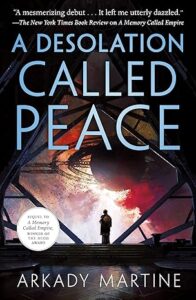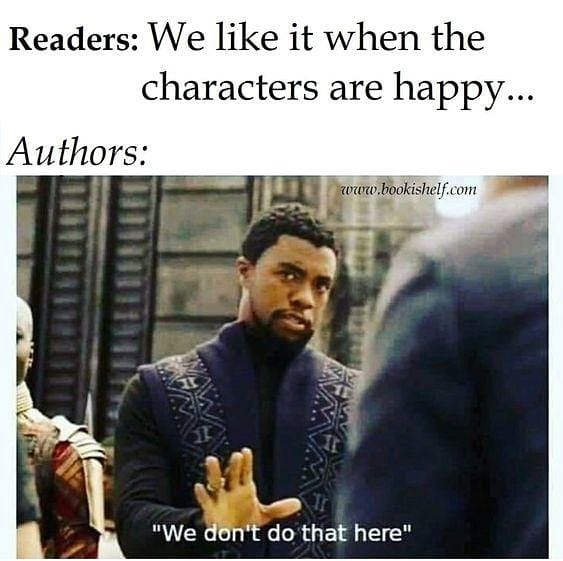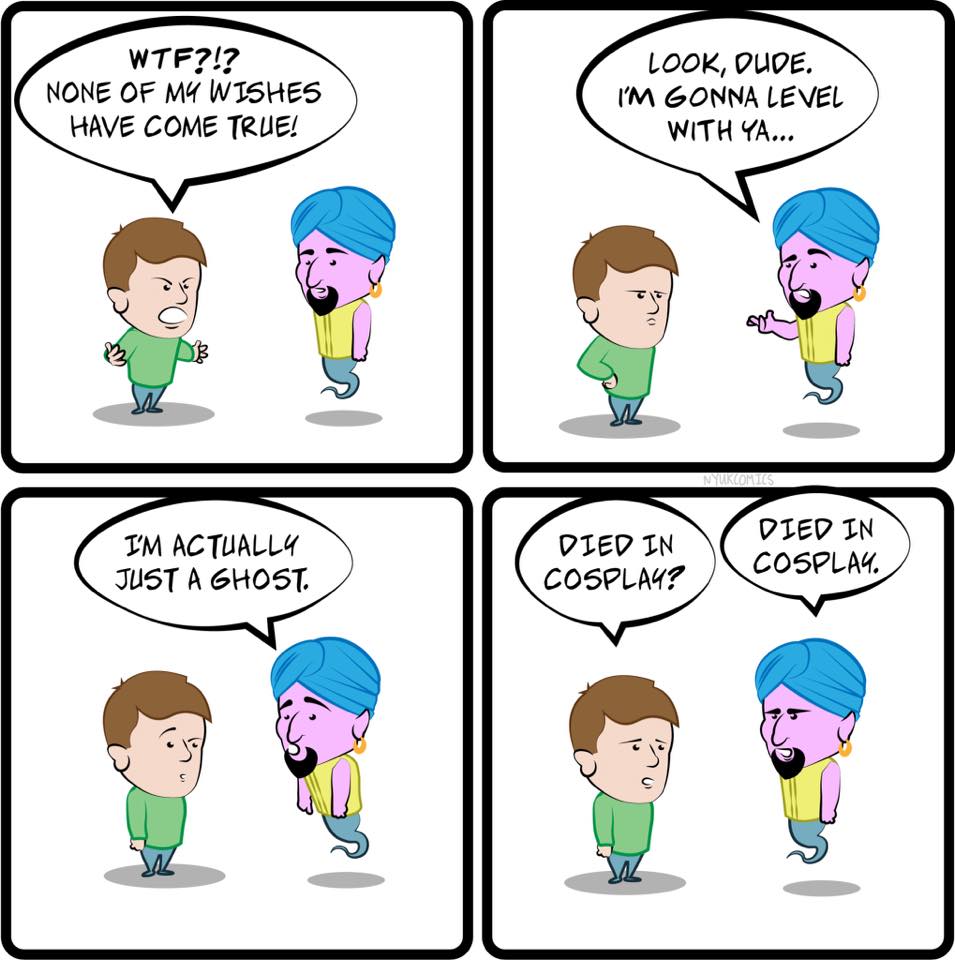A duology where language and poetry meet with space opera science fiction – all the rich world of Dune and the language of Lord of the Rings.
Teixcalaan by Arkady Martine
- A Memory Called Empire
- A Desolation Called Peace

Amazon Cover
BOOK BLURB ON AMAZON for A MEMORY CALLED EMPIRE
Ambassador Mahit Dzmare arrives in the center of the multi-system Teixcalaanli Empire only to discover that her predecessor, the previous ambassador from their small but fiercely independent mining Station, has died. But no one will admit that his death wasn’t an accident—or that Mahit might be next to die, during a time of political instability in the highest echelons of the imperial court.
Now, Mahit must discover who is behind the murder, rescue herself, and save her Station from Teixcalaan’s unceasing expansion—all while navigating an alien culture that is all too seductive, engaging in intrigues of her own, and hiding a deadly technological secret—one that might spell the end of her Station and her way of life—or rescue it from annihilation.
Arkady Martine’s debut novel A Memory Called Empire is a fascinating space opera and an interstellar mystery adventure.
MY REVIEW for A MEMORY CALLED EMPIRE
Worldbuilding, Characters, Plot, and … something not quite right? maybe? (spoiler area)
Or … wow, is my book club going to have a LOT to talk about when we meet.
Worldbuilding
Ms. Martine explores how language and cultural heritage drives a government’s, a people’s future. The City/World/Empire (same word/symbol) is the center of their own world, anyone not them is a barbarian. Poetry and story and art drives choices from encrypting letters to declaring war. Names, web-eye interfaces, and careful release of information combine to create the world of the City-Empire. Into this world comes an Ambassador from a mining conglomerate-colony-government, not of Empire descent – either herself or the people she represents. They have an alphabet, spin-stations, and inserts of mental scans. She is seduced by their poetry, but the ambassador is not them and can never be them.
The poetry dependence reminds me of Japan, and India, and Viking heritages. Rune or kanji for the language where one picture means one thing and a thousand things at the same time. A Memory Called Empire is rich in worldbuilding and I loved every moment of it.
Characters
These are people of Empire and Indigenous/the Colonized. The Ambassador both totally in love with the big, beautiful, brutal empire and its hundreds of years of culture and history – and totally tied to her upbringing where generations count at 14 – so around 300 years. She will never be Empire. Back home, her government strives to be just helpful enough that the Empire doesn’t try to fix them and useless enough to not be worth taking over.
Meanwhile the Ambassador makes friends with the locals and Ms. Martine hits pitch perfect the patronage and patronizing of people who earnestly want to help the poor barbarian navigate in civilization. Except Mahit (the Ambassador) isn’t as barbaric as they expect and they are not as civilized as they thought. The first thing they have to help her with is investigating the last Ambassador’s possible assassination.
Plot
So many strands weaving together. The murder investigation, the Ambassador integration into the political world, the Ambassador integration with herself, the empire sliding into the end of a reign with big unknown of succession, and the secrets the small mining government is holding very tightly to its chest. There are hints of love, sabotage, war, plus poetry structure impacting everything.
Overall, no matter what type of thing you read for, this book has it in spades.
So why didn’t I completely love it? (on to editorial analysis – if not your cup of teach skip it, also lots of spoilers here. If you like hyper analysis and have read the book, continue on.)
SPOILER START
I never really liked the main character. I emphasized, I understood, I sympathized … but liked, not so much. And she doesn’t change. Who she is at the end of the story is the same as the beginning. Don’t get me wrong, part of the story is “coming of age” and she does come of age. But she just becomes more “her” in the process.
And that is true about all the characters. No one changes, except to become more of themselves. Plot doesn’t drive them or twist them. When they enter a scene in the book, they leave with nearly all the same goals and drives intact.
In fact, the only thing that really changes is the Empire. It was pouring in one direction, roaring like a river, an ocean, to drown a quadrant in an aggressive acquisition/assimilation. The Ambassador manages to put a pebble into the bed of the river and sends it spinning off into a slight change of direction. Will it return to the old bed? That will be revealed in the next book. But right now, the Empire’s war horn is singing a different tune.
It’s weird to have a book with so little character growth. Instead of growth, we have character polish. Each character is shaped like a statue, not pottery – instead of adding clay, the author chips away the stone until only the character remains. Within the story, each strikes the other, creating facets along the fractures to become the perfect true-self gems. Mahit, Three Seagrass, Nineteen Adze, and Twelve Azalea all shine so … brightly … tragically … perfectly … by the end.
SPOILER END
(checked out through the library system – support your local library)

Amazon Cover
BOOK BLURB ON AMAZON for A DESOLATION CALLED PEACE
An alien armada lurks on the edges of Teixcalaanli space. No one can communicate with it, no one can destroy it, and Fleet Captain Nine Hibiscus is running out of options.
In a desperate attempt at diplomacy with the mysterious invaders, the fleet captain has sent for a diplomatic envoy. Now Mahit Dzmare and Three Seagrass—still reeling from the recent upheaval in the Empire—face the impossible task of trying to communicate with a hostile entity.
Their failure will guarantee millions of deaths in an endless war. Their success might prevent Teixcalaan’s destruction—and allow the empire to continue its rapacious expansion.
Or it might create something far stranger . . .
MY REVIEW for A DESOLATION CALLED PEACE
The star-spanning Teixcalaan space saga continues with all the poetry, politics, and personalities of the first installment. If you love epic science fiction, the likes of Dune but more accessible, you need this series.
The first story covered the fall and rise of an Emperor. Book two focuses on a possible war on many fronts. The depth of worldbuilding of the internal Empire politics of the military crossing swords with the greater politics of the Empire politicians, with their ankles being nibbled on by rats from systems which haven’t been conquered yet, while a new threat that is actually an EXTERNAL threat to the Empire as it devours the Edges of the World.
The first story is about poetry and culture; the second is about language and society.
There is no promise of a third book that I can find, but the unrest of the Empire and the City’s AI continues its threads in the second book. I fully expect the third book to focus on this … maybe … if there is a third book. Book one was published in 2019, book two in 2021. With that schedule book three in 2023 … and it is mid-2025 now. I want the third book of this series. I can see the shape of the poem – like Xanadu, unfinished yet the ghost edges provide structure leaving you hungering for more.
Each story has worked as a complete stand-alone. People sometimes ask if you would be willing to live in the world you love to read. This is a universe I want to inhabit.
(Read through Kindle Unlimited AND also borrowed from a library, support your local library system!)





